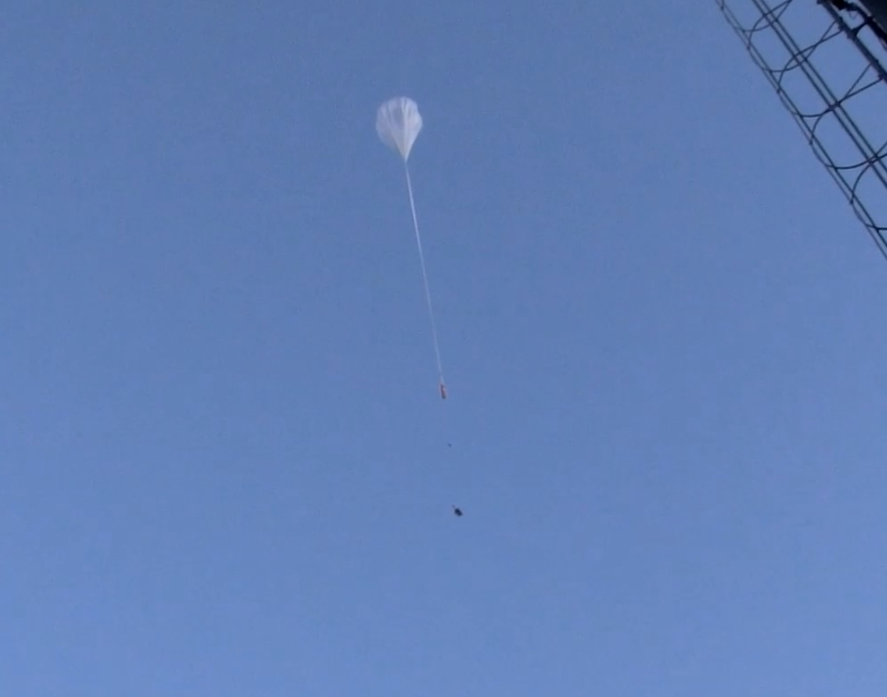Particles from space

In 2018, a high-altitude balloon launched in Sweden ascended 40 kilometers into the atmosphere. While it drifted towards the far north of Canada, its 500-lb. payload of delicate sensors captured more than 130 hours of data intended to help untangle the mysteries of cosmic radiation.
Cosmic rays mostly include subatomic particles like neutrons and protons, which circulate throughout the galaxy at nearly light speed. Many of these particles are thought to be produced by pulsars, the “remnants of ancient stellar explosions,” said Professor Robert Johnson. But much about these galactic emanations remains unexplained, including the source of low-energy electrons, which make up a fraction of the rays.

To study these elusive electrons, Johnson, then doctoral-candidate Sarah Mechbal (Ph.D. ‘20; now at Deutsches Elektronen-Synchrotron—DESY—in Germany), and John Clem at the University of Delaware collaborated on the NASA-supported mission, for which the UCSC team built AESOP (Anti-Electron Sub Orbital Payload)-Lite, an instrument capable of distinguishing electrons from positrons, their antiparticles.
The Earth’s atmosphere absorbs most radiation, making it difficult to measure—hence the high-altitude balloon to ferry AESOP-Lite near the edge of space. With the mission’s initial findings now published, the researchers plan to compare their data with measurements from similar sensors on the International Space Station and satellites deep in the solar system. These comparisons, Johnson said, could illuminate how our Sun’s radiation affects these particles from space.
*— *

